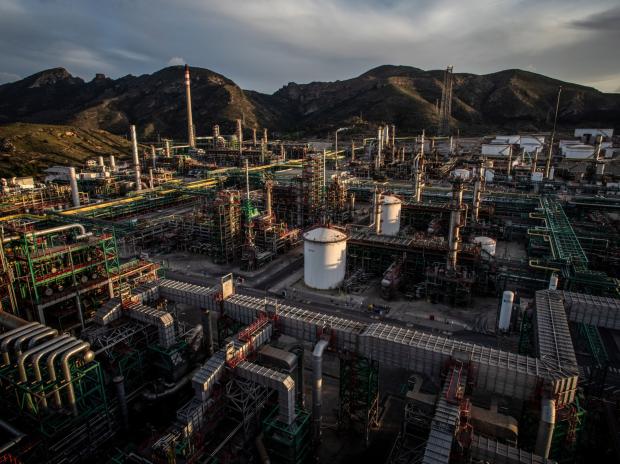Essar to speed up CBM plans; to raise output to 5 mmscmd in 3-4 years
Essar Oil and Gas Exploration & Production Ltd is speeding up capital expenditure plans to explore and produce unconventional hydrocarbons that will help raise gas output at its flagship block to about 5 million standard cubic meters per day from less than 1 mmscmd now, its CEO said.
EOGEPL is India’s largest producer of Coal-Bed Methane (CBM) which just like conventional gas can be used as CNG in automobiles or as feedstock in industries.
Buoyed by investor-friendly upstream policy reforms in recent years, including providing marketing and pricing freedom for CBM, the firm is drilling more wells, including horizontal ones, that will help tap into wider resources lying below coal seam in its Raniganj East block in West Bengal, EOGEPL CEO Pankaj Kalra told reporters on the sidelines of the India Energy Week.
The firm currently produces 0.9 mmscmd of gas or 1 per cent of India’s total gas output. “Our drilling campaign will see production rise to 2.3-2.4 mmscmd in the next 14-15 months,” he said.
EOGEPL was carved out by the owners of Essar Group after promoters sold Essar Oil — which mainly comprised downstream oil refinery and fuel retailing operations — to a consortium of Rosneft, Trafigura and United Capital Partners at USD 12.9 billion.
The firm’s drilling campaign has primarily focused on 120 square kilometers out of the 500 sq km block it has. To tap into untouched areas so far, the firm plans to drill well vertically down from the earth surface and then after reaching a certain depth, go horizontal for about 1 km or so.
Horizontal wells are five times more efficient than vertical ones and have been a reason for substantial production of CBM gas in Australia and China.
The company, which has already invested around Rs 5,000 crore in developing the Raniganj block, is looking to invest another Rs 2,000 crore.
The block also has shale gas reserves and the firm is currently studying the potential, he said.
While the block has in place reserves of 4 trillion cubic feet of CBM, shale gas could be double of that. But the recovery factor in shale gas is low compared to CBM, he said.
The firm is looking to explore shale gas reserves after the government overhauled its exploration policy, allowing operators freedom to explore both conventional and non-conventional sources such as CBM and shale reserves within exploration acreage.
Increased production of CBM as well as shale gas will help contribute to India’s vision of becoming a gas-based economy that aims at raising the share of gas in the energy mix to 15 per cent by 2030 from current 6.2 per cent.
Kalra said the company in the initial campaign drilled more than 350 wells and an additional 200 wells are in the pipeline to boost production.
(Only the headline and picture of this report may have been reworked by the Business Standard staff; the rest of the content is auto-generated from a syndicated feed.)
First Published: Feb 08 2024 | 10:33 AM IST
